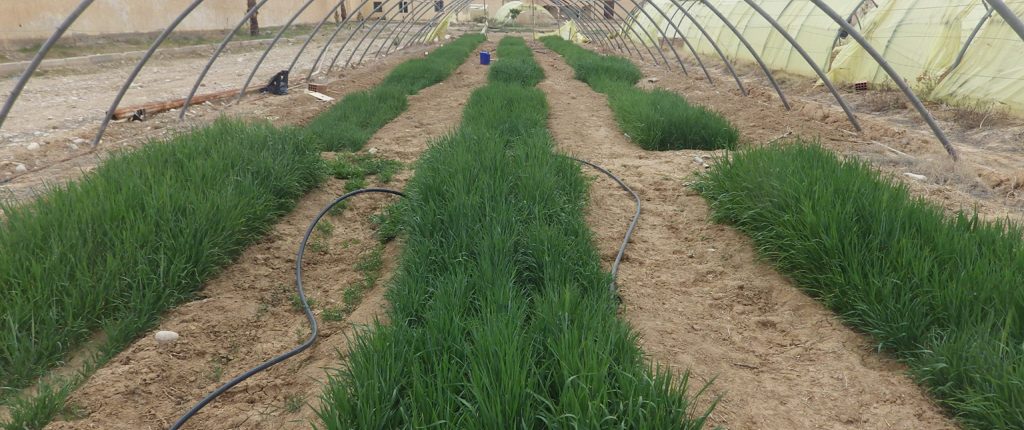General description
The wilaya of Biskra is located in the south-east of Algeria, in the southern foothills of the Saharan Atlas. It covers 21,671.20 km2. It is located at an altitude of 87 meters, its latitude is 34° 48′ North and its longitude 5° 44′ East. This site is not located in an oasis ecosystem.
Climate context
Average monthly temperatures during the period 2002 to 2011 are above 20°C from April to October. The highest monthly average temperature is recorded in July (35.1°C) and the lowest in January (11.6°C).
The average maximum temperature ranges from 17.3°C in January to 41.3°C in July; the average minimum temperature ranges from 6.7°C in January to 28.1°C in July.
The Biskra region is characterized by generally low and irregular rainfall. The annual average rainfall is around 146.2 mm during the period 2002 – 2011. The maximum rainfall is recorded in March (23.5 mm). The minimum is recorded between June and August.
The monthly average atmospheric humidity between 2002 and 2011 in Biskra is characterized by low values, around 41.5%. The maximum humidity is recorded during the month of December with 59.6% and the lowest in August with 28.6%.
The average annual speed of the prevailing winds is 15 m.h-1. In the Biskra region, the prevailing winds in winter come from the northwest, they are relatively humid. From spring, the prevailing winds come from the southeast, they are very dry, hot and accompanied by sand. According to Gaussen’s ombrothermic diagram applied to the Biskra region, the dry period is present throughout the year.
The Emberger rainfall quotient “Q” specific to the Mediterranean climate makes it possible to locate the bioclimatic stage of the study area. This quotient takes into account the annual precipitation and the average minimum temperatures of the coldest month and the average maximum temperatures of the hottest month.

R is the average monthly rainfall (mm)
M is the maximum average temperature (degree Celsius)
m is the minimum average temperature of the coldest month (degrees Celsius).
For the Biskra region, during the period 2002 to 2010, the rainfall quotient (Q) is 14.41. By transferring this value to the Emberger climagram and the temperature of the coldest month, the Biskra region is located in the Saharan bioclimatic stage with a moderate winter.

